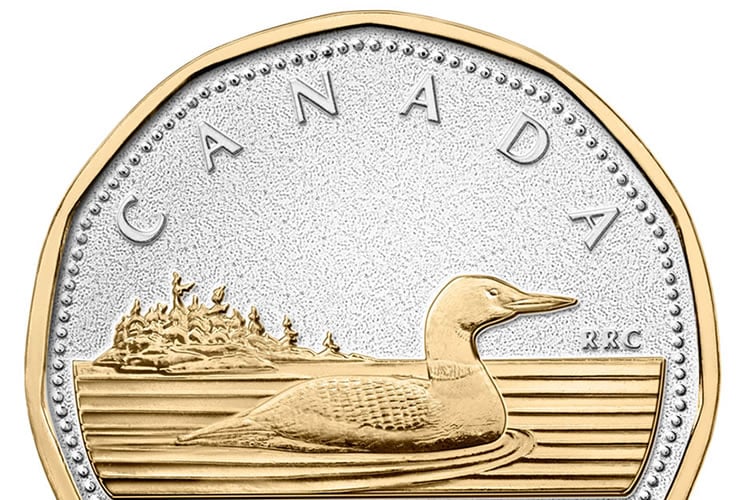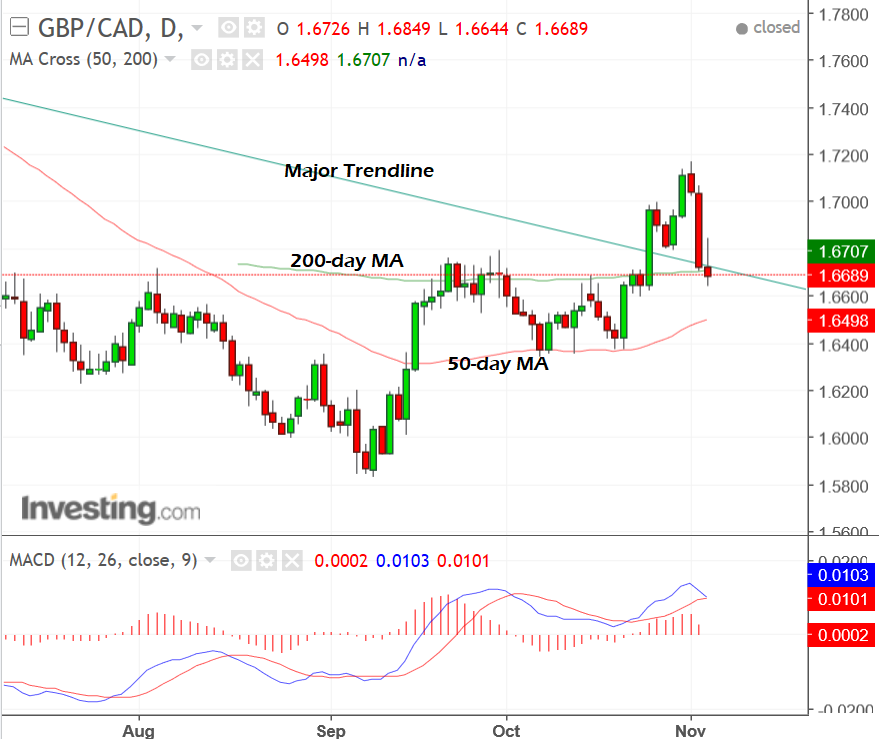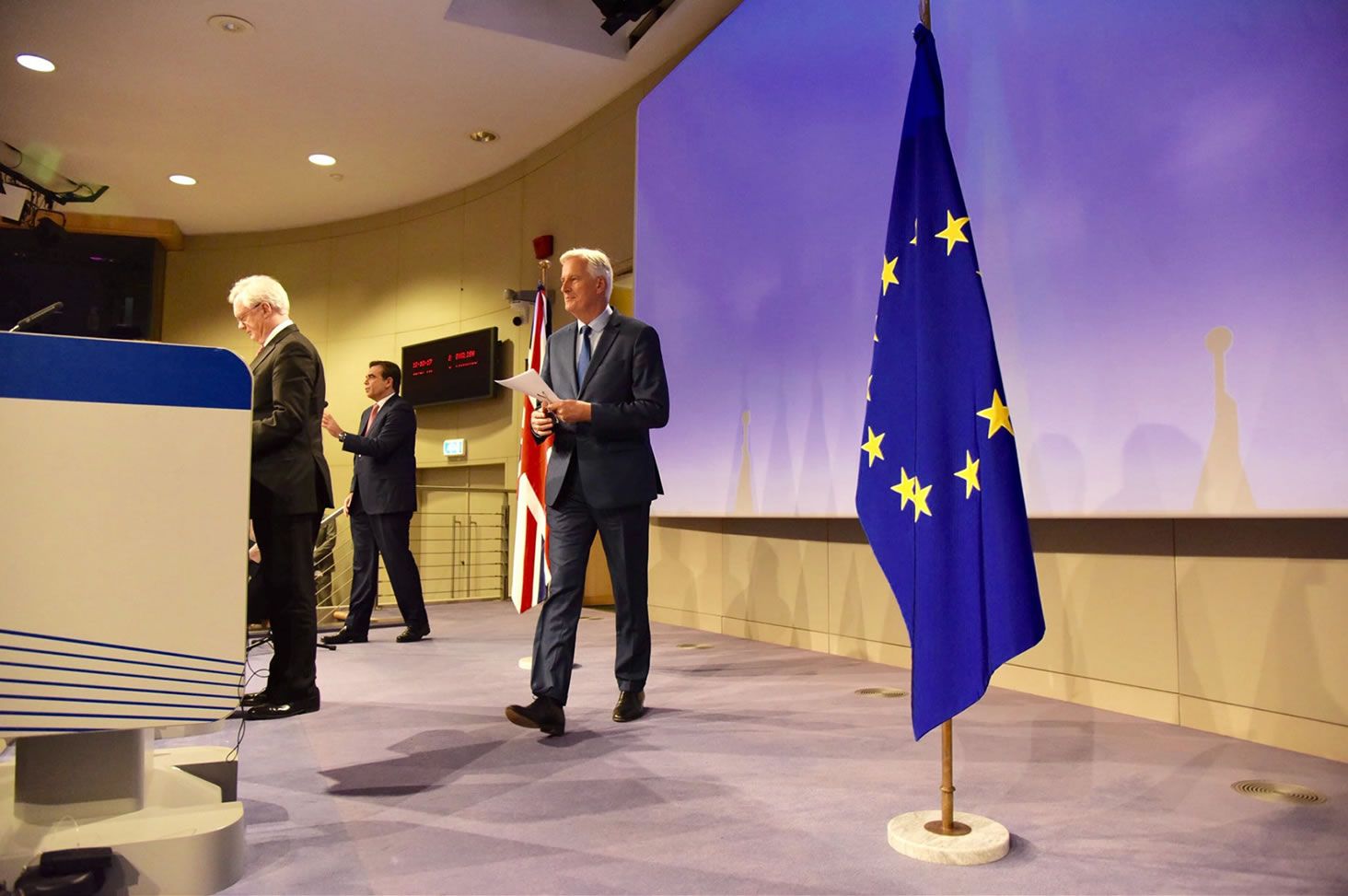Pound-to-Canadian Dollar Rate: Technical Analysis, News and Data for the Next Five Days

GBP/CAD is presenting with a mixed chart and a thin week of economic events - however, the potential for CAD weakness keeps bullish hopes alive.
The Pound-to-Canadian Dollar exchange rate is looking more bearish as the new week begins.
The pair may have broken back down below a major multi-month trendline reversing the upside break it made not long ago in late October.
If it is indeed breaking back down then that could indicate the break higher was a false break and remove the bullish bias from the chart.
The bearish re-penetration of the trendline is only a day old, however, and it is still too early to say for sure that is will continue.
The proximity of the 200-day moving average near Friday's bearish close further complicates matters as it appears to be providing the exchange rate with substantial support which will be difficult to break below.

We are neutral the pair given the mix of bearish and bullish signs.
We note with interest, however, how Scotiabank FX Strategist Shaun Osborne is still on balance bullish.
"GBPCAD appears to have found considerable support in the mid-upper 1.66 area," he says adding:
"The trend from September remains bullish, and the ascending channel implies support around 1.6600."
Yet Osborne accepts that the pair's charts are not without their bearish signs:
"The weekly chart is somewhat concerning, however, as GBPCAD appears set to complete a bearish shooting star. We remain constructive above 1.6600. Near-term resistance is expected at 1.6800," he says.
Get up to 5% more foreign exchange by using a specialist provider by getting closer to the real market rate and avoid the gaping spreads charged by your bank for international payments. Learn more here.
News, Events, and Data for the Canadian Dollar
The main event for the Canadian Dollar in the coming week is a speech given by Canadian central bank Governor Stephen Poloz to the Montreal CFA about the central bank's understanding of Inflation, on November 9 at 17.55 GMT.
It is quite possible he may signal a policy bias at the meeting, and that bias will probably be dovish - which means preferring lower interest rates.
Recent poor growth data took markets by surprise after showing a -0.1% contraction in GDP in August when a 0.1% rise was expected.
This has led to speculation the Bank of Canada (BOC) will not raise interest rates in December as many market participants had previously forecast.
According to interest rate futures, there is currently a circa 28% chance of the Bank raising rates but some analysts think even that fairly low probability is still quite high.
"For some odd reason, the market is still attaching a 28% probability to a December move. That’s 28% too high,” says CIBC Strategist Benjamin Tal.
An imbalance of long Canadian Dollar positions in the futures markets is also suggesting the CAD could weaken.
Long positions are those which bet on the currency rising - but when there are too many it can be a sign there is a risk the opposite might happen and the market might go down.
Apart from that, there is also hard data in the form of the Ivey PMI - a survey of key purchasing manager personnel in Canadian companies used to as a leading indicator of activity and growth.
The Ivey PMI is currently at 59.6 but in October is forecast to rise to 60.9.
Canadian Housing data also figures in the coming week with Housing Starts and Building Permits out on Wednesday Morning and the New Housing Price Index on Thursday.
News, Events, and Data for the Pound
Above: Michel Barnier and David Davis. (C) European Commission.
Last week saw the Bank of England (BOE) take the momentous step to raise interest rates for the first time in 10-years.
Yet no sooner had the rate hike been announced that the market moved on to the next topic of discussion, which is whether or not the hike was a one-off or a part of a series.
The main determining factor appears to be Brexit uncertainty - if talks go smoothly the BOE is more likely to raise rates again - if not then they will probably err on the side of caution and leave the one rise until a clearer picture of what post-Brexit Britain will be like emerges.
Remember the rule of thumb is higher interest rates = a stronger Pound.
"We agree that a deal is the most likely outcome, and based on this we believe that market expectations for a cumulative 0.5% of additional interest rate rises by mid-2020 look low. Rather we think the MPC would like to follow a path similar to that of the Federal Reserve, which has raised rates by a cumulative 0.75% since its initial hike in December 2015," says Pimco Analyst Mike Amey.
Brexit negotiations commence once again in the coming week with all eyes turning to Friday's press conference to be hosted by the UK's David Davis and the EU's Michel Barnier for clues on progress.
Markets will want to see signs of progress that will allow the progression of talks from issues surrounding the divorce to that of trade. Of particular concern is the securing of a transitional deal, widely expected to last two years.
Businesses want certainty and the transitional period will be critical to providing the stability required to make investment decisions.
“Given the Government’s ambitious timetable, to agree on a transitional period early next year and the future relationship altogether by next October, it is crucial for the second phase of talks to start in January,” says Andrew Wishart, UK Economist with Capital Economics.
All in all, this is to say that in the week ahead news about Brexit will remain a high priority for currency dealers.
As far as the hard data front goes, it is a relatively quiet week with no tier one releases on the radar.
The first release is the BRC Retail Sales Monitor released just after midnight on Tuesday, November 7.
This will provide an up-to-date snapshot of the most recent retail sales activity.
Next, we have Halifax House Prices out at 08.30 on Tuesday and is followed by the House Price Balance from the Royal Institute of Chartered Surveyors, just after midnight on Wednesday, November 8.
On Friday Industrial and Manufacturing Production data for September is released at 9.30, with the former expected to come out at 0.3% versus 0.2% previously, and later suggesting a 0.3% versus 0.4% previously.
The Trade Balance is released at the same time and is expected to show the deficit narrow to -12.8bn from over -14bn previously.





